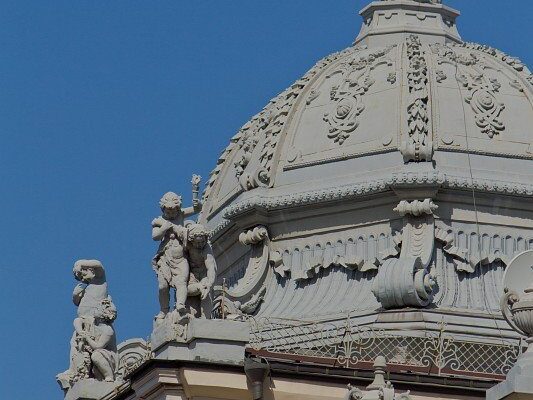Petrovsky Passage in Moscow
Petrovsky Passage is a shopping center and architectural and historical landmark on Petrovka Street, in the center of Moscow. The large shopping center with glass vaults was erected at the beginning of the last century. Petrovsky Passage has the status of an architectural monument. The large four-story building occupies a whole block and has exits to Petrovka and Neglinnaya Streets. Petrovsky Passage, GUM and TSUM are considered the most famous department stores in Moscow.
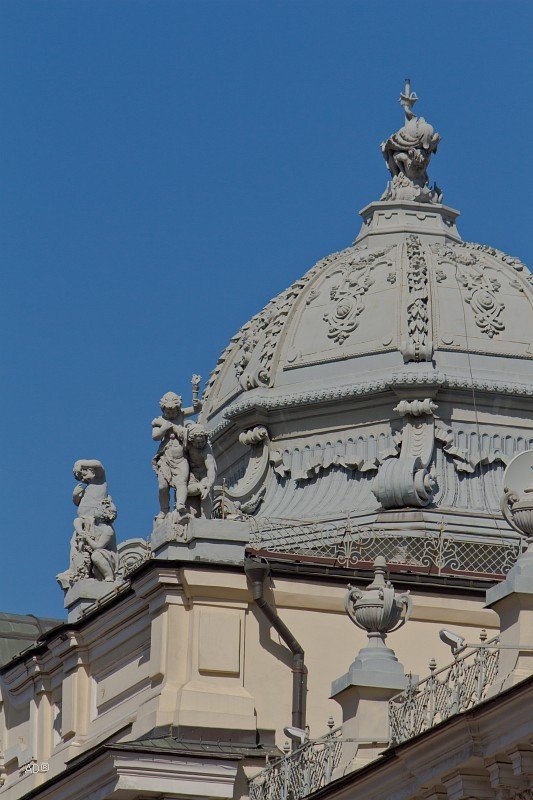
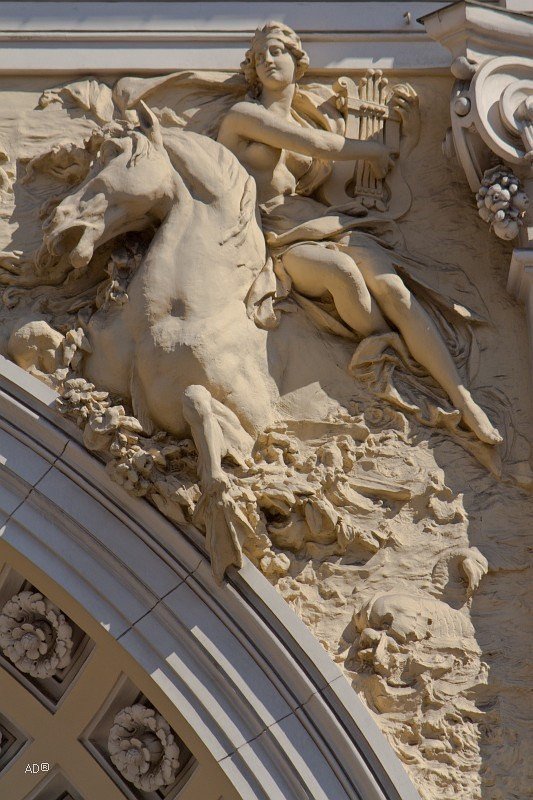
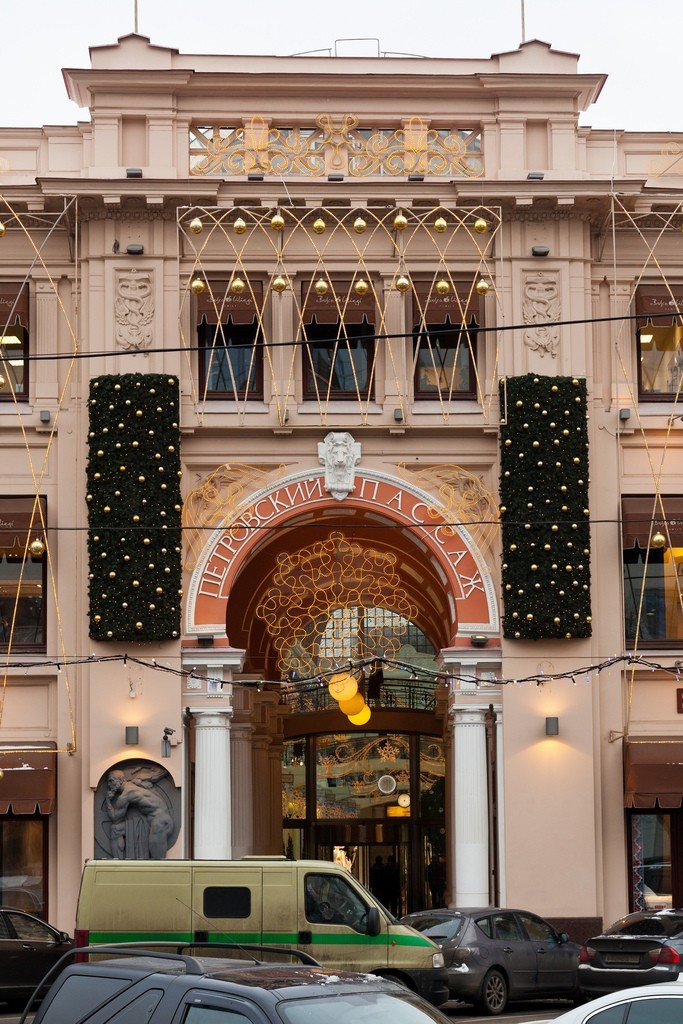
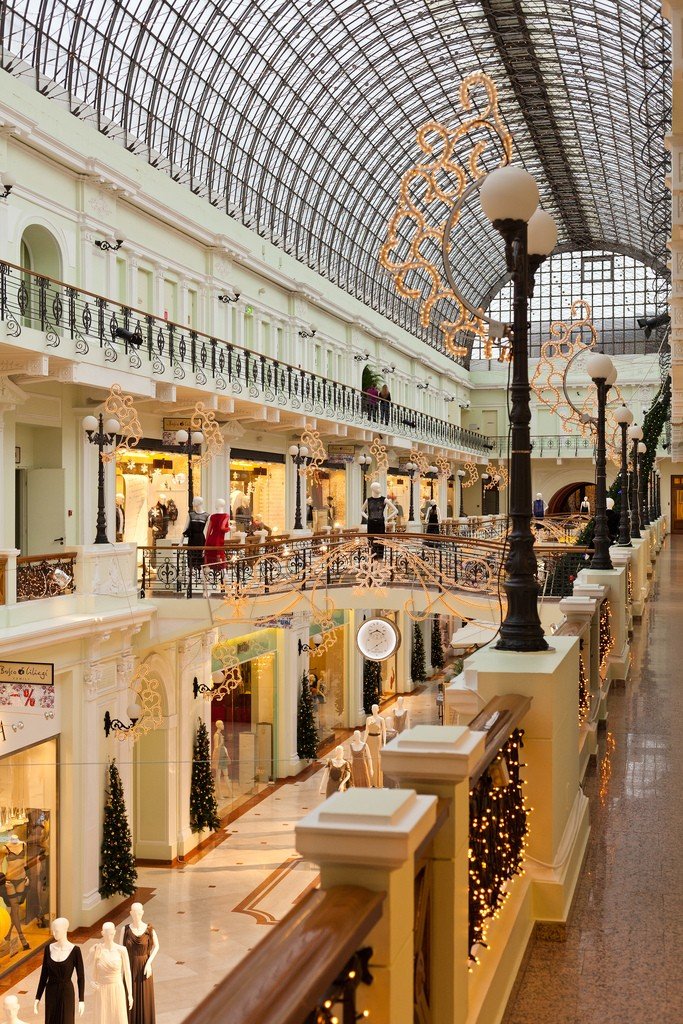
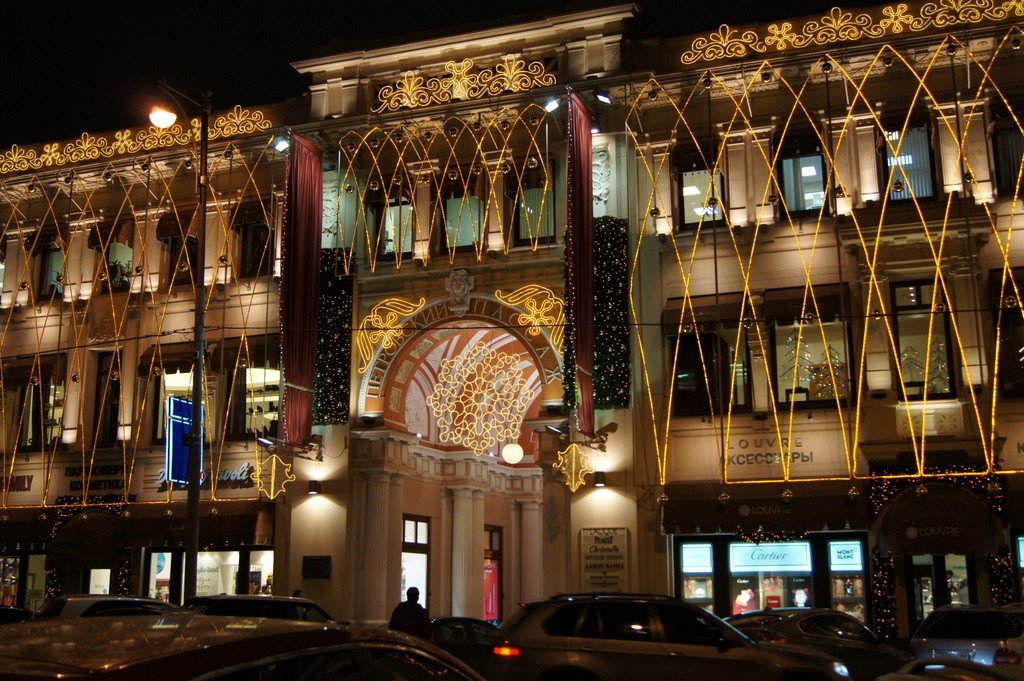
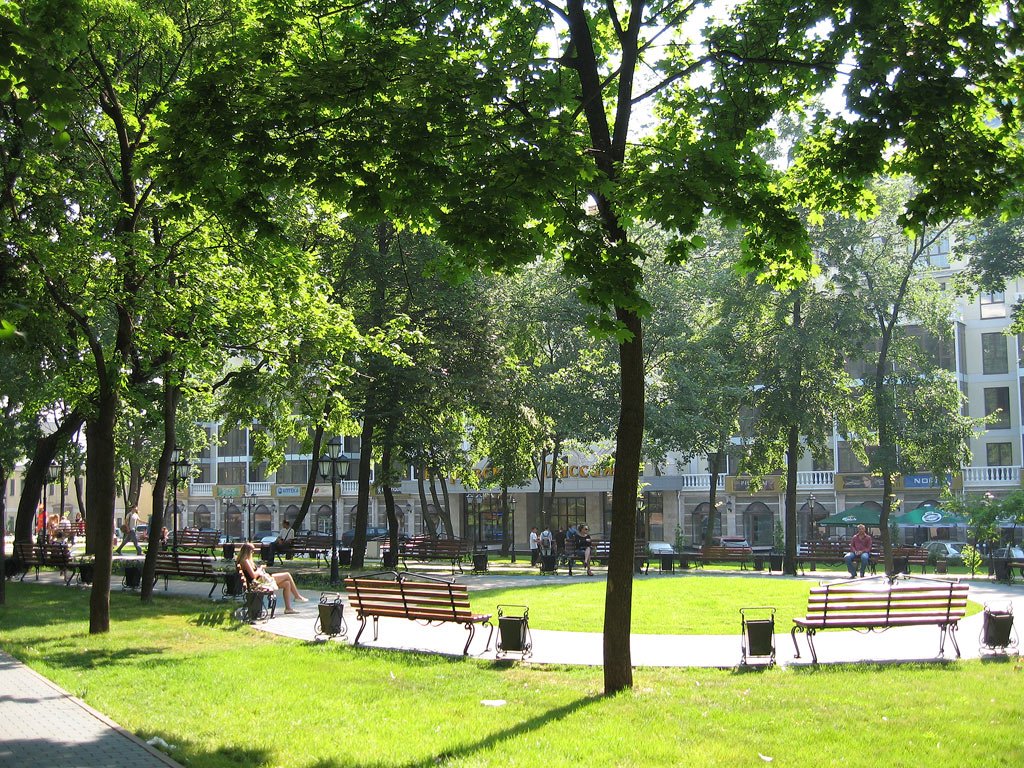
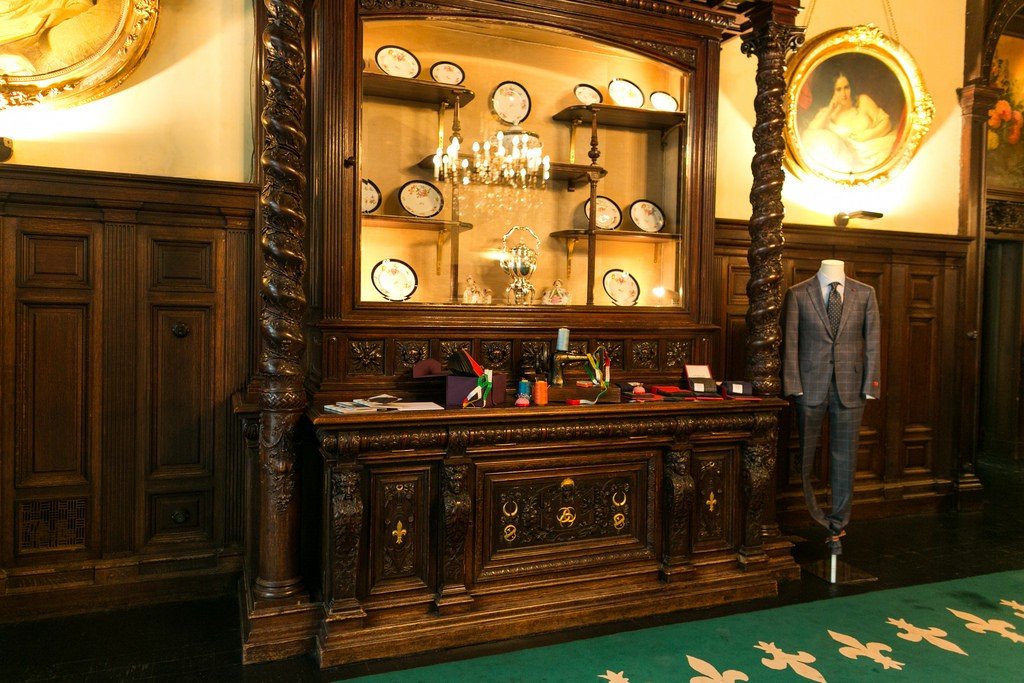
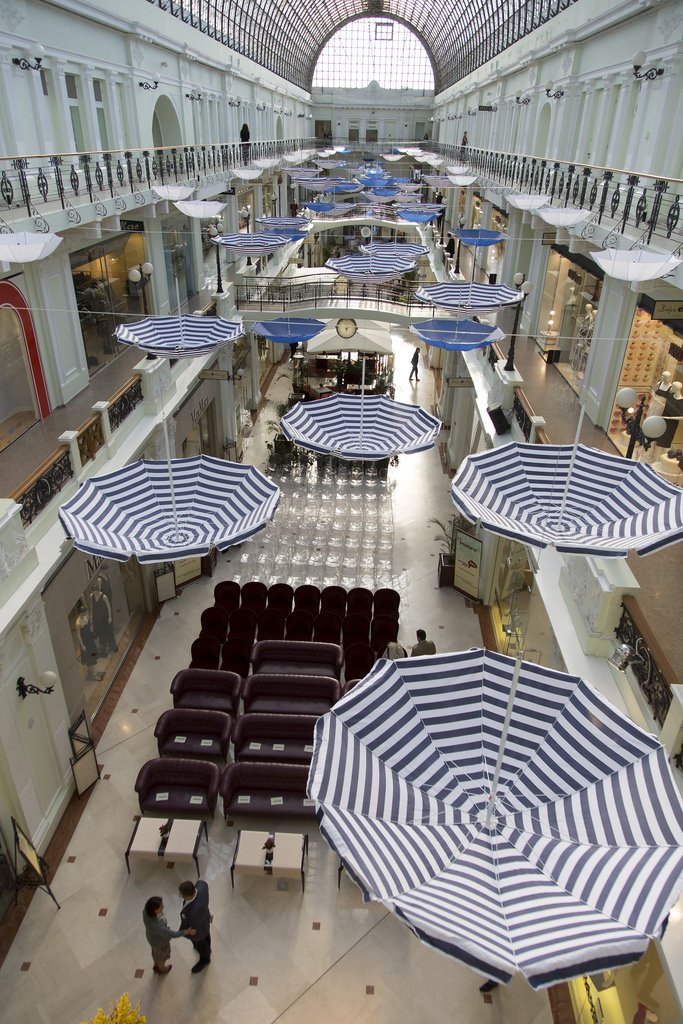
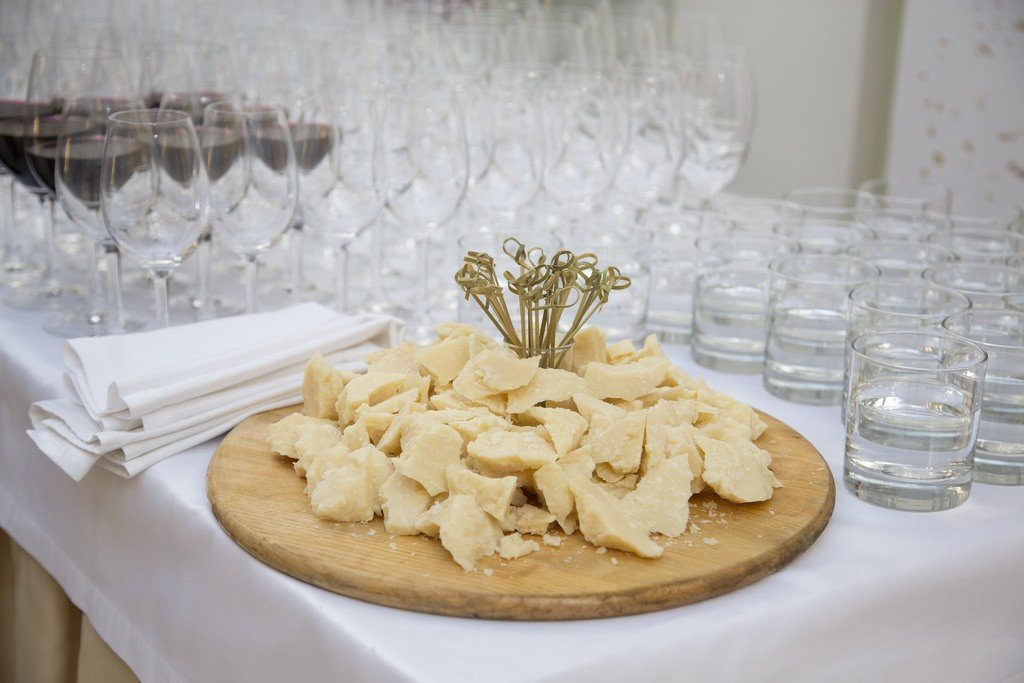
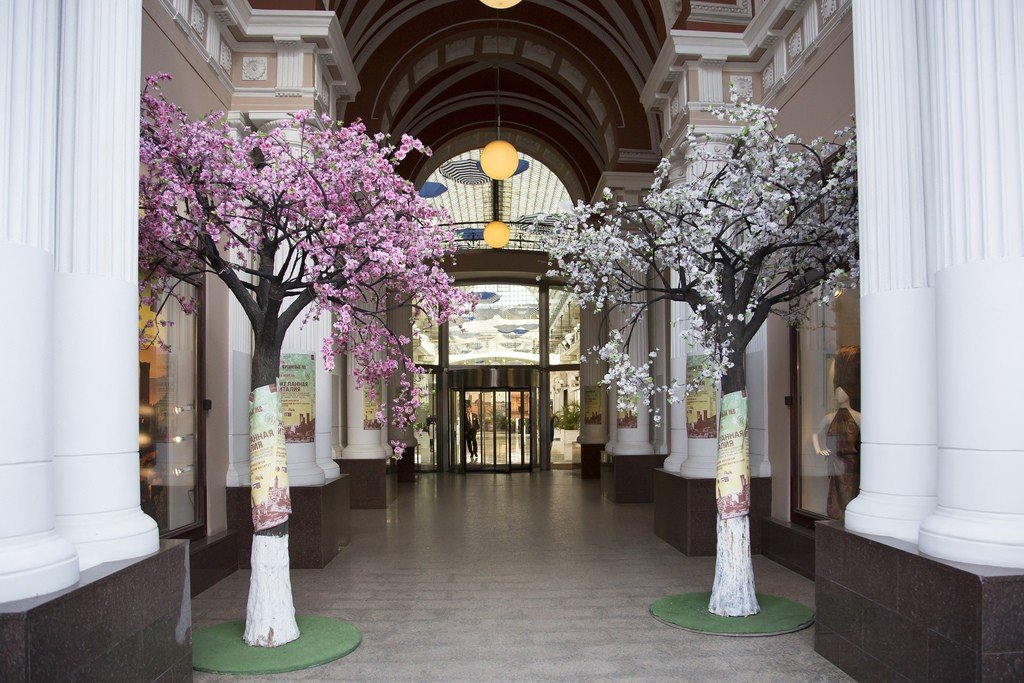
Highlights
Nowadays, Petrovsky Passage is a huge modern shopping center with hundreds of boutiques and stores that sell goods from all over the world. Almost all luxury brands of clothes, shoes, watches, jewelry and elite cosmetics are represented here. Unlike most shopping malls in the Russian capital, Petrovsky Passage is never crowded, because shopping there is expensive.
.
Petrovsky Passage from the very beginning attracted Muscovites and guests of the city not only with the opportunity to buy necessary goods, people came here for business meetings and friendly walks. Many people wanted to see the long semi-cylindrical vaults, admire the interiors and facade decoration in Art Nouveau style. The commercial building is mentioned in one of Vladimir Mayakovsky’s poems. And Ilya Ilf and Yevgeny Petrov told about the auction hall of the Petrovsky Passage on the pages of the novel “The Twelve Chairs.”
.
For visitors the shopping center is open daily: from Monday to Saturday from 10.00 to 22.00, and on Sundays from 10.00 to 20.00. Inside there are cafes, a restaurant and a fast-food area where you can eat and take a break.
.
History of construction and remodeling
Since the 1870s, the lands between Petrovka and Neglinnaya Streets were owned by a rich merchant Ivan Grigorievich Firsanov. After his death, a large inheritance went to his daughter Vera Ivanovna. She sold two plots of land belonging to her and with the proceeds in 1903 began construction of a new building for the store-passage.
.
The project of the large store was prepared by architects Boris Viktorovich Freidenberg and Sergei Mikhailovich Kalugin, who had been cooperating with V. I. Firsanova for many years. They planned the internal premises so that the halls for trade were not separated from each other, but had a common space, and on it, as on the street, customers could walk. The famous engineer Vladimir Grigorievich Shukhov was in charge of designing the ceilings. He used the most modern technologies to create translucent vaults.
.
The grand opening of Firsanovsky Passage took place in 1906. At first it housed 50 stores. As in major European cities, in the evenings the new shopping center shone with lights. Electricity was supplied here from the power station installed in the Sandunovsky baths, which also belonged to Firsanova. It should be noted that at the beginning of the last century there were very few stations in the city where electricity was generated.
Muscovites who came to the passage could buy goods of prominent merchants who supplied the Imperial Court. Here they sold beautiful ladies’ dresses, ties, quality fabrics, lingerie, corsets, umbrellas and candy. A year later, the arcade began to sell photo and movie goods produced in France. And in 1910 on the basement floor of the shopping center opened a restaurant and coffee shop.
.
In 1918, the trading enterprise was nationalized and rather quickly converted into an industrial exhibition of the All-Union People’s Commissariat of National Economy. A movie theater began operating in the former stores. The building also housed a factory where they sewed military uniforms for Red Army soldiers. The name of the passage was also changed – it was renamed “Petrovsky” after the name of the street..The facade of the building on the Petrovka side was decorated with a bas-relief of Matvey Manizer “Worker” in 1921. After 7 years in Petrovsky Passage resumed trade. Stores were opened on the first floor, and the second floor was given to a research and design enterprise engaged in the construction of airships for the Country of Soviets. In the pre-war years it housed the clubs of various city organizations.
.
When the war broke out, the top floor of the building was given to Muscovites whose homes were destroyed by bombing. In the post-war years, housing in Moscow was in short supply, so in the form of a huge communal apartment Petrovsky Passage existed until the 1960s, until it was not made a branch of the Central Universal Store, and here resumed trade. Three years later, a school began operating in the building, where salespeople were trained for the TSUM system.
.
Time passed, and the old shopping complex began to need major reconstruction. Modernization of Petrovsky Passage was undertaken in 1988-1990. Builders from Turkey updated the interiors and facades of the historic building, bringing them in line with international standards.
.
Interesting facts
- V. I. Firsanova spent on the erection of the store-passage a huge sum by the standards of the beginning of the last century – 1.5 million rubles.
- Before the Petrovsky Passage in the city there were already 8 shopping centers of this type. The first passage in Moscow was erected in 1839 and was called “Gallery Golitsyn”. The need for arcades came out of practical necessity. Shopping areas with long passages allowed to place many stores, which could not be done by opening stores only along the streets. .
- More than 500 years ago, not far from where the popular shopping center is today, stood the Cannon Yard. It was here that master craftsman Andrei Chokhov cast the huge Tsar Cannon, which nowadays can be seen on Ivanovskaya Square inside the Moscow Kremlin. The memory of the Cannon Yard is immortalized in the name of the street – Pushchnaya Street. .
- From 1931 to 1936, the world-famous Italian inventor Umberto Nobile designed airships in the Petrovsky Passage. During this period, he was in the USSR and worked under contract in the trust “Direzhablestroy.”
How to get there
Petrovsky Passage is located in the center of Moscow, at 10 Petrovka Street. For 6-7 minutes to it you can walk from the metro station “Kuznetsky Most”. In addition, many people come to the building of Petrovsky Passage by ground transportation – bus number 38 (stop “Stoleshnikov Pereulok”).
.